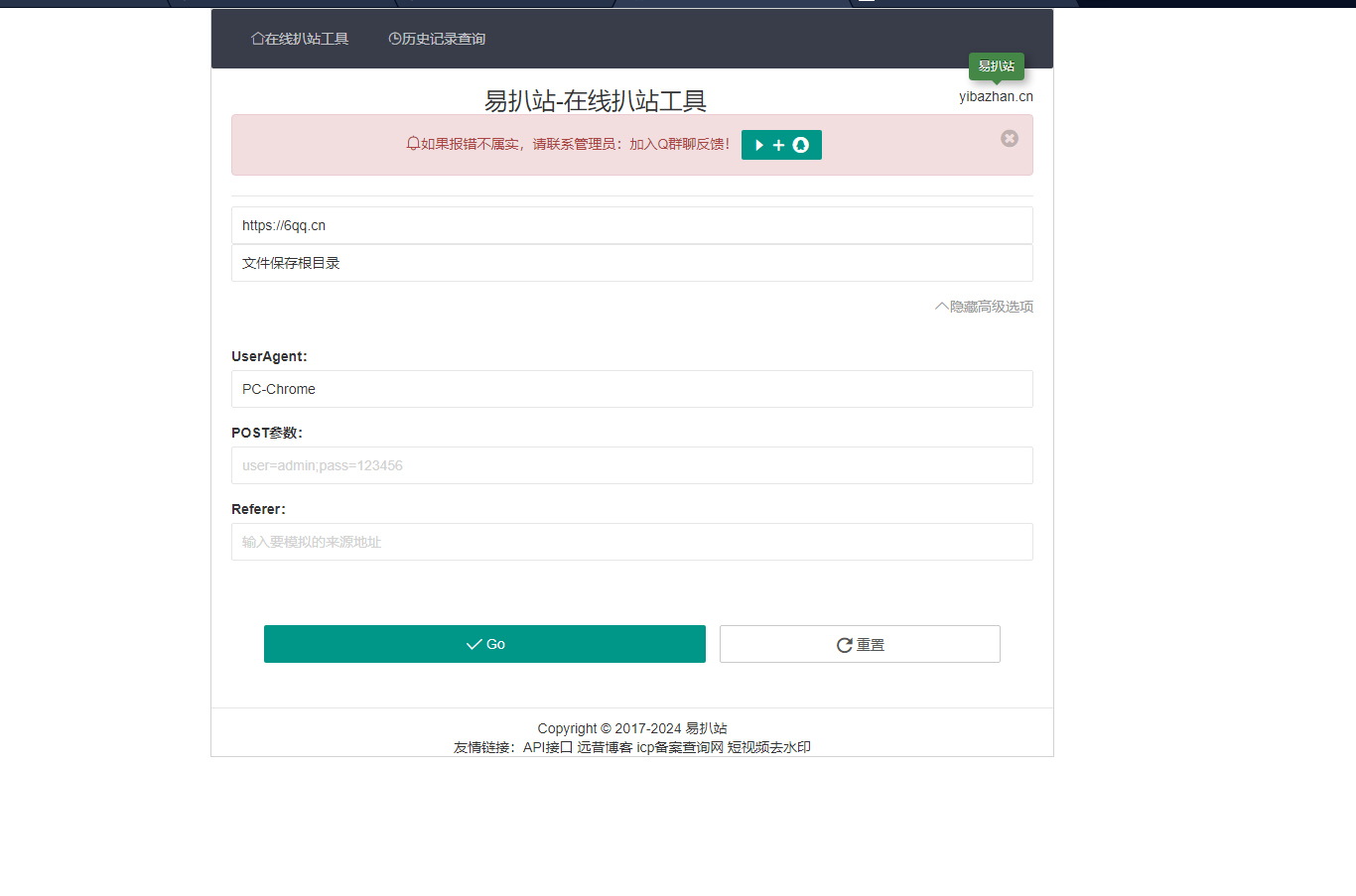
linux怎樣添加開機啟動腳本?
linux添加開機啟動腳本的方法:
系統啟動時需要加載的配置文件
/etc/profile、/root/.bash_profile
/etc/bashrc、/root/.bashrc
/etc/profile.d/*.sh、/etc/profile.d/lang.sh
/etc/sysconfig/i18n、/etc/rc.local(/etc/rc.d/rc.local)
一、修改開機啟動文件:/etc/rc.local(或者/etc/rc.d/rc.local)
#?1.編輯rc.local文件 [root@localhost?~]#?vi?/etc/rc.local ? #?2.修改rc.local文件,在?exit?0?前面加入以下命令。保存并退出。 /etc/init.d/mysqld?start?????????????????????#?mysql開機啟動 /etc/init.d/nginx?start?????????????????????#?nginx開機啟動 supervisord?-c?/etc/supervisor/supervisord.conf?????????#?supervisord開機啟動 /bin/bash?/server/scripts/test.sh?>/dev/null?2>/dev/null ? #?3.最后修改rc.local文件的執行權限 [root@localhost?~]#?chmod?+x?/etc/rc.local [root@localhost?~]#?chmod?755?/etc/rc.local
二、自己寫一個shell腳本
將寫好的腳本(.sh文件)放到目錄 /etc/profile.d/ 下,系統啟動后就會自動執行該目錄下的所有shell腳本。
三、通過chkconfig命令設置
#?1.將(腳本)啟動文件移動到?/etc/init.d/或者/etc/rc.d/init.d/目錄下。(前者是后者的軟連接) mv?/www/wwwroot/test.sh?/etc/rc.d/init.d ? #?2.啟動文件前面務必添加如下三行代碼,否側會提示chkconfig不支持。 #!/bin/sh?????????????告訴系統使用的shell,所以的shell腳本都是這樣 #chkconfig:?35?20?80????????分別代表運行級別,啟動優先權,關閉優先權,此行代碼必須 #description:?http?server?????自己隨便發揮!!!,此行代碼必須 /bin/echo?$(/bin/date?+%F_%T)?>>?/tmp/test.log ? #?3.增加腳本的可執行權限 chmod?+x?/etc/rc.d/init.d/test.sh ? #?4.添加腳本到開機自動啟動項目中。添加到chkconfig,開機自啟動。 [root@localhost?~]#?cd?/etc/rc.d/init.d [root@localhost?~]#?chkconfig?--add?test.sh [root@localhost?~]#?chkconfig?test.sh?on ? #?5.關閉開機啟動 [root@localhost?~]#?chkconfig?test.sh?off ? #?6.從chkconfig管理中刪除test.sh [root@localhost?~]#?chkconfig?--del?test.sh ? #?7.查看chkconfig管理 [root@localhost?~]#?chkconfig?--list?test.sh
四、自定義服務文件,添加到系統服務,通過Systemctl管理
1.寫服務文件:如nginx.service、redis.service、supervisord.service
[Unit]:服務的說明 Description:描述服務 After:描述服務類別 ? [Service]服務運行參數的設置 Type=forking??????是后臺運行的形式 ExecStart????????為服務的具體運行命令 ExecReload???????為服務的重啟命令 ExecStop????????為服務的停止命令 PrivateTmp=True?????表示給服務分配獨立的臨時空間 注意:啟動、重啟、停止命令全部要求使用絕對路徑 ? [Install]????????服務安裝的相關設置,可設置為多用戶 WantedBy=multi-user.target
2.文件保存在目錄下:以754的權限。目錄路徑:/usr/lib/systemd/system。如上面的supervisord.service文件放在這個目錄下面。
[root@localhost?~]#?cat?/usr/lib/systemd/system/nginx.service [root@localhost?~]#?cat?/usr/lib/systemd/system/supervisord.service
3.設置開機自啟動(任意目錄下執行)。如果執行啟動命令報錯,則執行:systemctl daemon-reload
設置開機自啟動 [root@localhost?~]#?systemctl?enable?nginx.service??? [root@localhost?~]#?systemctl?enable?supervisord ? 停止開機自啟動 [root@localhost?~]#?systemctl?disable?nginx.service [root@localhost?~]#?systemctl?disable?supervisord ? 驗證一下是否為開機啟動 [root@localhost?~]#?systemctl?is-enabled?nginx [root@localhost?~]#?systemctl?is-enabled?supervisord
4.其他命令
啟動nginx服務 [root@localhost?~]#?systemctl?start?nginx.service ? 停止nginx服務 [root@localhost?~]#?systemctl?start?nginx.service ? 重啟nginx服務 [root@localhost?~]#?systemctl?restart?nginx.service ? 查看nginx服務當前狀態 [root@localhost?~]#?systemctl?status?nginx.service ? 查看所有已啟動的服務 [root@localhost?~]#?systemctl?list-units?--type=service
5.服務文件示例:
#?supervisord.service進程管理服務文件 [Unit] Description=Process?Monitoring?and?Control?Daemon??#?內容自己定義:Description=Supervisor?daemon After=rc-local.service?nss-user-lookup.target ? [Service] Type=forking ExecStart=/usr/bin/supervisord?-c?/etc/supervisor/supervisord.conf ExecStop=?/usr/bin/supervisorctl?shutdown ExecReload=/usr/bin/supervisorctl?reload Restart=on-failure RestartSec=42s KillMode=process ? [Install] WantedBy=multi-user.target
#?nginx.service服務文件 [Unit] Description=nginx?-?high?performance?web?server After=network.target?remote-fs.target?nss-lookup.target ? [Service] Type=forking ExecStart=/usr/local/nginx/sbin/nginx?-c?/usr/local/nginx/conf/nginx.conf ExecReload=/usr/local/nginx/sbin/nginx?-s?reload ExecStop=/usr/local/nginx/sbin/nginx?-s?stop ? [Install] WantedBy=multi-user.target
#?redis.service服務文件 [Unit] Description=Redis After=network.target?remote-fs.target?nss-lookup.target ? [Service] Type=forking ExecStart=/usr/local/bin/redis-server?/etc/redis.conf ExecStop=kill?-INT?`cat?/tmp/redis.pid` User=www Group=www ? [Install] WantedBy=multi-user.target
推薦教程:《linux視頻教程》
? 版權聲明
文章版權歸作者所有,未經允許請勿轉載。
THE END
喜歡就支持一下吧
相關推薦

















